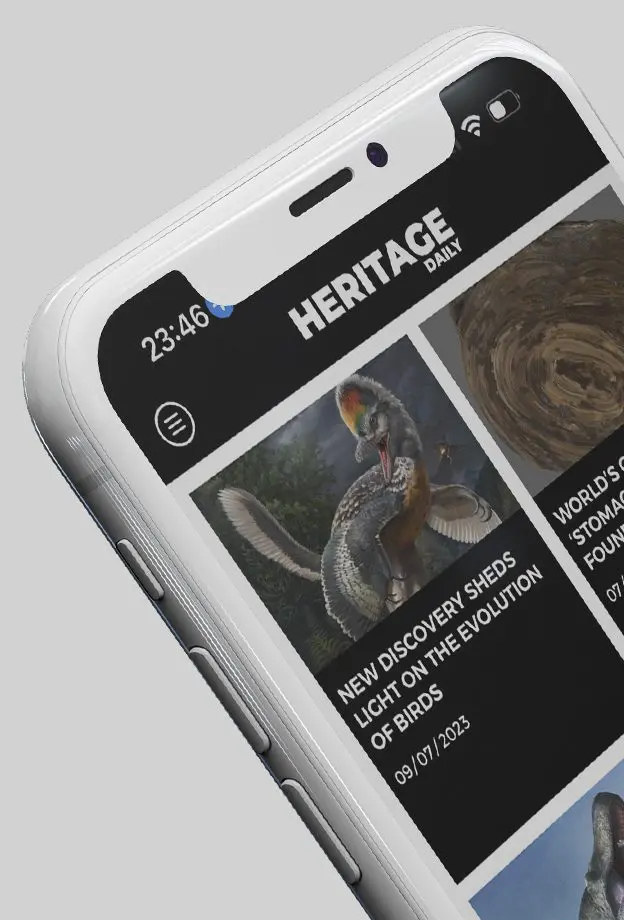Our Company
HeritageDaily LTD - Suite/Unit 40 17 Holywell Hill, St Albans, Herts, United Kingdom, AL1 1DT
Latest News
Preserved 3rd century mosaic excavated in Iznik
Excavations in the İznik district of northwestern Türkiye have uncovered a preserved mosaic floor dating from the 3rd century AD.
Time capsule of medieval artefacts unearthed in Łasztownia excavation
Archaeologists have unearthed a time capsule of medieval artefacts on the island of Łasztownia in Szczecin, Poland.
Mask reliefs unearthed during Castabala excavations
Archaeologists have unearthed a new series of mask reliefs during excavations in the ancient city of Castabala, Turkey.
Bronze Age proto-city discovered on the Kazakh Steppe
Archaeologists have discovered a late Bronze-Age proto-city on the Kazakh Steppe in north-eastern Kazakhstan.
Altamura Man resolves long-standing debate over Neanderthal evolution
A preserved Neanderthal fossil is providing new insights into how this ancient human species adapted to the cold climates of Ice Age Europe.
Popular News
The mystery of Tutankhamun’s meteoric iron dagger
In 1922, Egyptian excavators led by Howard Carter discovered the tomb of Tutankhamun, an Egyptian pharaoh who was the last of his royal family to rule during the end of the 18th Dynasty.
Legio V Macedonica – The Last Roman Legion
Throughout the history of the Roman Empire, countless legions were raised and disbanded, but one legion endured the entirety, remaining in service to the Roman Empire and the Byzantine Empire, and marching on into the Middle Ages - The Legio V Macedonica.
Atlantis – The story behind the legend
Atlantis has become a taboo subject in many scholarly circles, often branded in pseudo-science and invented interpretations from Plato’s dialogues.
The Immortal Armour of China’s Jade Burial Suits
The Jade burial suits are hand-crafted jade suits from the Han Dynasty of China, used for the ceremonial burials of China’s elite and members of the ruling class.
The Pleasure Villa of Emperor Tiberius
The Villa of Tiberius is a Roman villa complex in the present-day town of Sperlonga, located on the western coast of Italy in the province of Latina.
© 2024 - HERITAGEDAILY LTD

